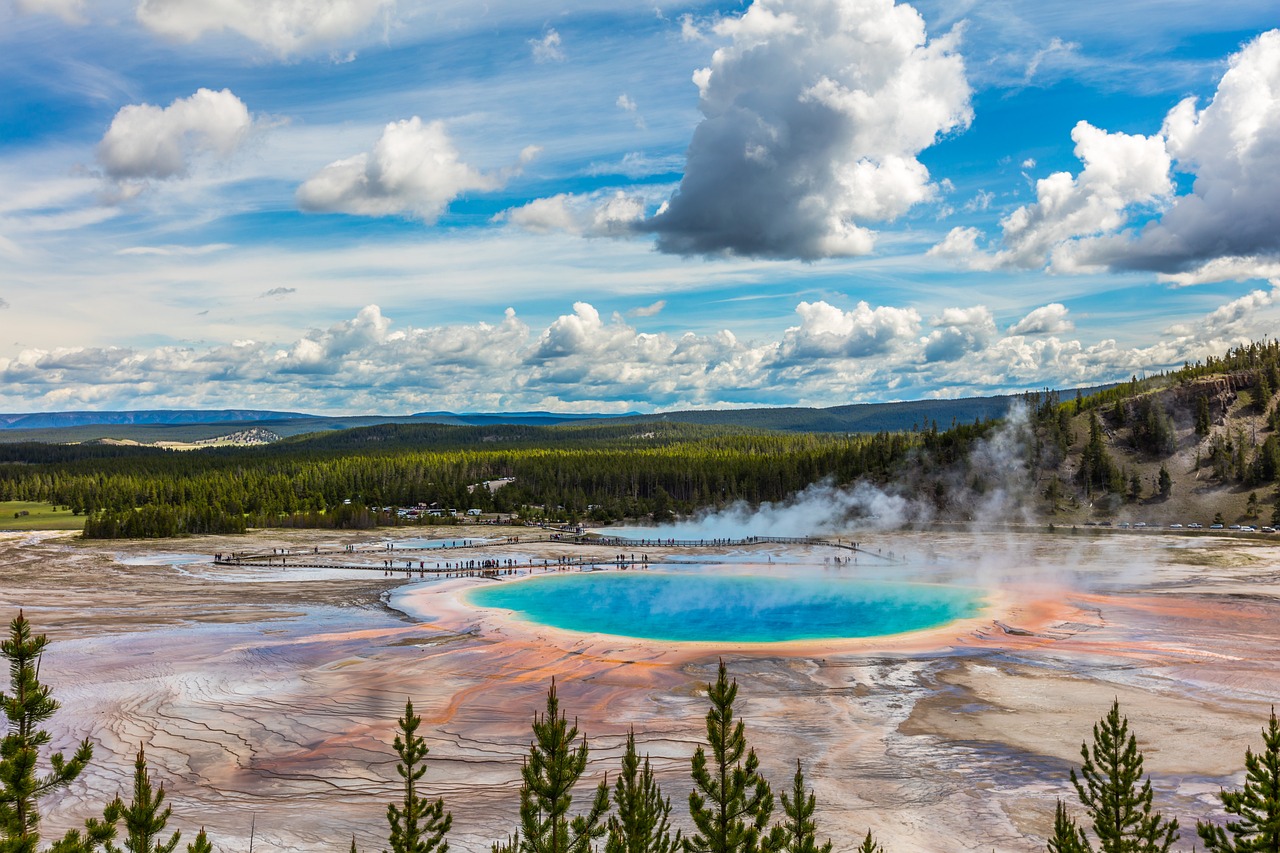A new study shows that Yellowstone’s magma levels are insufficient for a major eruption, providing reassurance about the supervolcano’s current activity.
Key Points at a Glance
- Magma beneath Yellowstone is not sufficient to trigger an eruption.
- Rhyolitic magma, which fuels explosive eruptions, is present in low volumes.
- Volcanic activity may be gradually shifting northeast of the current caldera.
Yellowstone National Park sits atop one of the most famous supervolcanoes in the world, with a volcanic history that includes three massive eruptions over the past two million years. However, new research suggests that the feared scenario of a catastrophic eruption is far from likely.
Advanced imaging techniques have provided scientists with a clearer picture of the magma reservoirs beneath the park. While molten rock exists beneath the surface, it is dispersed in small pockets rather than forming the large, continuous reservoirs needed for a significant eruption. Of particular note is the low volume of rhyolitic magma, a type associated with highly explosive eruptions. Current levels are insufficient to indicate any immediate danger.
The study also observed subtle shifts in volcanic activity, with magma and heat flow appearing to migrate northeast of Yellowstone’s existing caldera. This movement is typical in volcanic systems and does not necessarily suggest an increased risk of eruption.
Yellowstone’s volcanic system comprises both basaltic and rhyolitic magma. Basaltic magma originates from deeper within the Earth and tends to produce less violent eruptions, while rhyolitic magma forms closer to the surface and is more explosive. The current findings emphasize that both types are present in limited and dispersed quantities, reducing the likelihood of an imminent eruption.
Monitoring Yellowstone’s activity remains a priority for scientists. The Yellowstone Volcano Observatory (YVO) continuously tracks seismic events, geothermal activity, and ground deformation to detect any significant changes. The most recent data aligns with the study’s conclusions, showing no alarming trends in the system’s behavior.
In summary, while Yellowstone’s supervolcano remains an active geological feature, the risk of a major eruption in the near future is exceedingly low. This research offers valuable insights into the park’s subsurface dynamics, contributing to a better understanding of its complex volcanic processes.
